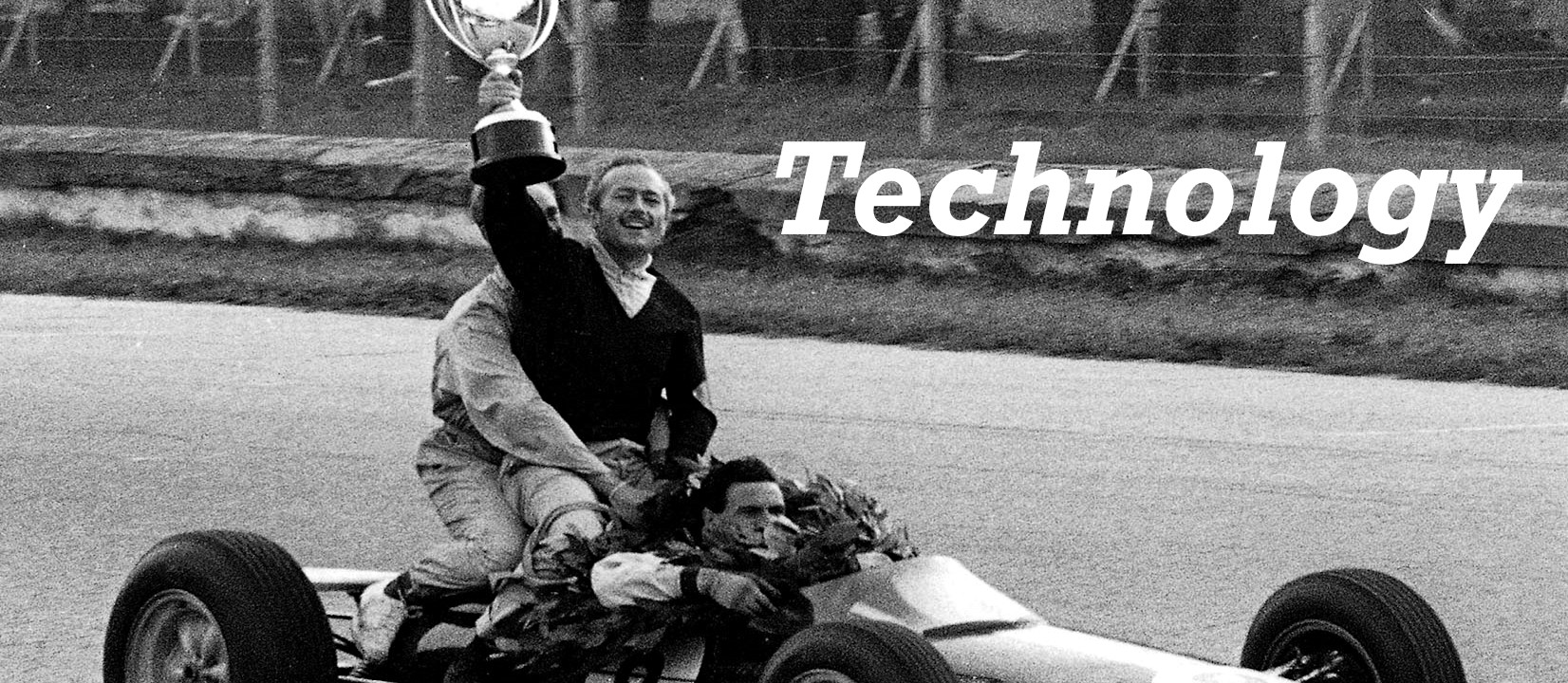A rather interesting technical analysis of throttle design and performance in F1 by F1technical.net.
There are three types of throttle that have been used in F1 since the 1990s. The first is a guillotine valve, where the air inlet is sliced in two by a valve that extends and retracts like the mechanism of the same name. There is then the butterfly throttle, where the valve is hinged – at full throttle, the valve is vertical but when closed the valve swings into a horizontal position like a butterfly wing opening and closing. Then there are also the barrel valves where rounded barrels roll into the cylinder to stop the flow of air. Any one of these systems can be used, but generally engine manufacturers now go for the butterflies or the barrels in F1.
The Renault RS27 runs with the butterfly system. In the early days of the V10 and V8 throttle design, Renault Sport F1 experimented with the barrel system but elected to go with the butterflies. While the barrel system allows the engine to produce more power by allowing a greater flow of air to the engine at wide open throttle, the butterflies are more sensitive and allow a better air-fuel mixture preparation, therefore favouring driveability. The difference between the two systems is in the region of four to five horsepower and Renault believed greater gains could be found with the butterflies by delivering more stability and therefore tyre slip control and grip in the slower corners when the throttles are only partially open.
Renault explains F1 engine throttles | F1technical.net.


